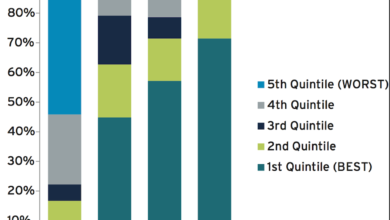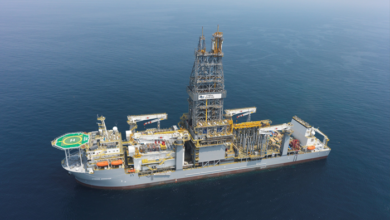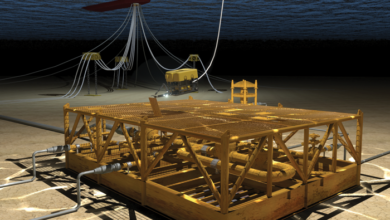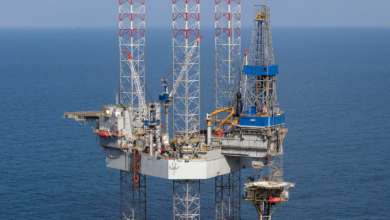Perspectives: David Pavel, Welling and Company: Impact of early-career field experience reverberates long after
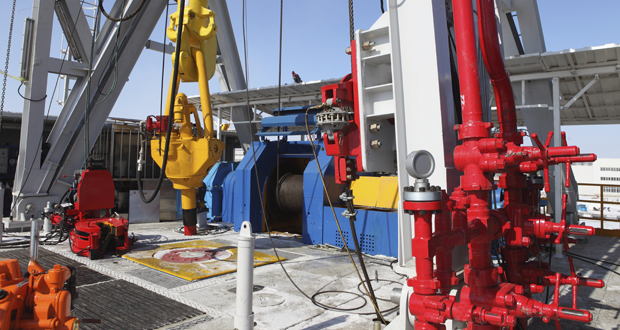
By Kelli Ainsworth, Editorial Coordinator

Creative problem solving has played a major role in David Pavel’s career. From his first job as an engineer to his current position as President of Welling and Company, Mr Pavel has found success by being able to understand and identify problems and then produce innovative solutions. In an industry where change happens slowly, gaining acceptance of new technologies or new ways of working can be an uphill battle. “For my entire career, that was a hurdle I’ve had to overcome,” he said.
After graduating from Texas Tech University in 2000 with a bachelor’s degree in mechanical engineering, Mr Pavel accepted an associate engineer position with BJ Services. Although he had grown up in the oil and gas hub of Houston, he hadn’t had tremendous exposure to the industry at that point. He recalls being not quite sure what to expect, but the more he learned about the industry, the more it appealed to him. “It seemed almost like an adventure,” he said.
It was at this first post-college job that Mr Pavel gained field experience working at onshore and offshore rig sites in Pennsylvania and Louisiana. Looking back, he realizes how invaluable that experience turned out to be. “I don’t think I would have the same perspective that I have now if I hadn’t had that experience in the field,” he said. “I absolutely encourage everyone who wants to have a career in oil and gas to get field experience as much as possible.”
In 2001, Mr Pavel began his 12-year tenure at Weatherford, starting as a design engineer. Immediately, he was able to apply his field experience to the development of technologies, such as the downhole deployment valve (DDV). “I could look at a piece of a design or think about the process of installing a tool and know if it wasn’t going to work or had to be changed,” he said.
His involvement with managed pressure drilling (MPD) grew exponentially after working on the DDV, a casing or tubing-deployed flapper valve that shuts off the wellbore in order to trip pipe in an underbalanced or MPD scenario. “At the time, there was really no conversation around MPD. It was all about underbalanced drilling,” he recalled. His success with running various product lines eventually grew into strategic positions in the drilling optimization and well construction businesses.
Although he no longer designs or markets MPD systems, Mr Pavel remains passionate about the technology. He has been active with the IADC Underbalanced Operations & Managed Pressure Drilling Committee for nearly a decade and last year was elected Chairman of the group. One of his goals for 2015 is to expand the committee’s existing best practices document, which currently covers only one application of MPD – applied back pressure with a surface BOP stack. This year, the committee will begin developing best practices for subsea applications and pressurized mudcap drilling, as well as continue to deliver output for dual gradient drilling. “As a best practices document, you absolutely have to address the differences in those applications,” he said.
Mr Pavel also plans to reach out to the IADC Well Control Committee and the Well Control Institute to identify opportunities for collaboration on training and curriculum. “A lot of what MPD delivers at the well site affects well control,” he said.
While well control addresses what happens when the well is compromised, MPD can help prevent well control incidents in the first place and provide invaluable data in the transition from normal operations to well control. “It’s two pieces of a puzzle that fit together that haven’t necessarily been joined yet,” Mr Pavel said.
In his current role at Welling and Company, Mr Pavel analyzes various types of oil and gas operational data to identify trends and ways to improve efficiency and effectiveness. Reports are then generated that companies can use to inform their business decisions. In a way, it’s another method of creative problem solving. “If you think back to early in my career, that’s what it was about,” he said. “It was about understanding what the challenges were in the industry and trying to find ways to meet those challenges and help operators meet their goals.”
Click here to watch a video interview with David Pavel

